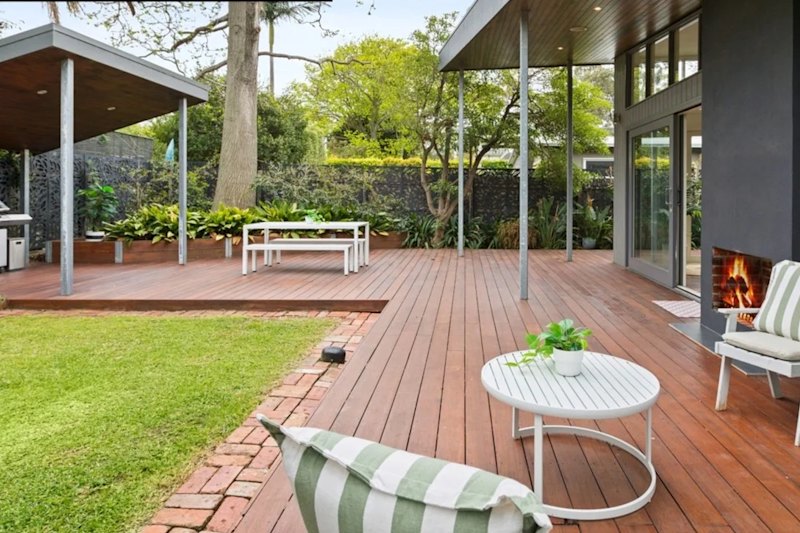6 common reasons your indoor plants are dying
Indoor plants are all the rage right now, but what do you do if you find your ficus is limp, maidenhair decimated and orchids desperate? We find out what’s going wrong and how to raise a home of happy, healthy greens.
“Indoor plants can transform a room’s dynamics,” says plant specialist Emma Tierney from World of Empire. “They change the feel of a space, are good for your health, purse-friendly and an easy hack for up-styling any space. I couldn’t live without them.”
Sara Chamberlain, interior stylist at The Real Estate Stylist agrees. “Being natural, plants suit all styles of homes, and because styling is all about bringing spaces to life, there is no more effective way than greenery to add a sense of comfort, style, drama and balance.”
According to Tierney, maintaining indoor plants is not hard. “They thrive in a warm environment and are generally pretty hardy and love a little neglect, so a little weekly maintenance is enough.”
So if it’s that easy, where are we going wrong?
 What makes indoor plants happy and healthy? Photo: Tess Kelly
What makes indoor plants happy and healthy? Photo: Tess Kelly
1. Know your plants origins
Tierney says knowing everything about the plant you are adopting is the first step for caring for it correctly.
“Ask what its origins are,” she says. “A succulent, for example, is from the desert so will need plenty of sun and minimal water. This information informs where it will be placed at home and the maintenance it requires.”
- Related: Inside a plant-filled rental home
- Related: Why this plant is the fiddle leaf fig of 2018
- Related: How not to kill that orchid you were given
2. It’s thirsty (or drowning)
During your plant’s transitional period from nursery to home, observe how it responds to warmth, light and watering. It’s also a good idea to adjust your watering with the seasons as heaters or open fires in winter, and air conditioning in summer dries plants out quickly.
“If the saucer is always wet, you may be over-watering,” says Tierney, “but if the leaves are going yellow or brown it may be thirsty. Stick your finger into the soil, and if it’s bone-dry it needs water. Plants love a good feed but hate wet feet, which can result in root rot (a fungal disease). To prevent this, always water well but properly drain before bringing back inside. I like to add Seasol seaweed concentrate to my watering can for nutrients too. They eat it up!”
 Get to know your plants a little better. Photo: Annette OBrien
Get to know your plants a little better. Photo: Annette OBrien
3. No maintenance routine
Tierney suggests random and unplanned maintenance as a common reason for failure.
“Pick a designated care day and never skip it,” she says. “Take your plants outside into the shade, remove from their pots and give them a good watering and some fresh air. Once drained take them back inside. Always give their leaves a wipe over with a damp cloth to prevent pests and dust build-up that prevents their ability to filter the air. It’s that easy.”
4. Too much sun, or not enough
Many plant species love the sun, so ensure yours follows it with the seasons.
“With each new season comes varying levels of sunlight,” says Tierney. “Take note of the different times of year your home receives gentle, harsh, or all-day sun, and move your plants accordingly,” she says.
Not all plants enjoy the sun and as a result can develop dark patches or crispy edges.
“Even if your plant isn’t a sun lover, make sure it has time outside in the shade. Plants need and love clean outdoor air,” she says.
 The right amount of sun is key. Photo: Tess Kelly
The right amount of sun is key. Photo: Tess Kelly
5. You think it’s dead – but it’s not
A plant that looks limp, ill, or is losing its leaves does not mean it is dead.
“It may be a watering issue or it desperately needs natural light,” says Tierney. “This is particularly true of plants that are kept in offices where the light is artificial. If your plant looks unwell, trim off the dead parts, give it some sun, and check to see if it needs to be watered. Sometimes even a change of location makes a huge difference to its health and appearance.”
6. You are buying the wrong species
If you are constantly nursing unwell plants, you could be buying the wrong varieties.
“It’s important to identify plants for indoors that don’t require full sun to survive,” says Tierney. “They are the ones that are really hardy and can survive there without much care.”
 Just because a plant looks dead, it doesn’t mean it is. Photo: Eve Wilson
Just because a plant looks dead, it doesn’t mean it is. Photo: Eve Wilson
We recommend
We thought you might like
States
Capital Cities
Capital Cities - Rentals
Popular Areas
Allhomes
More
- © 2025, CoStar Group Inc.







